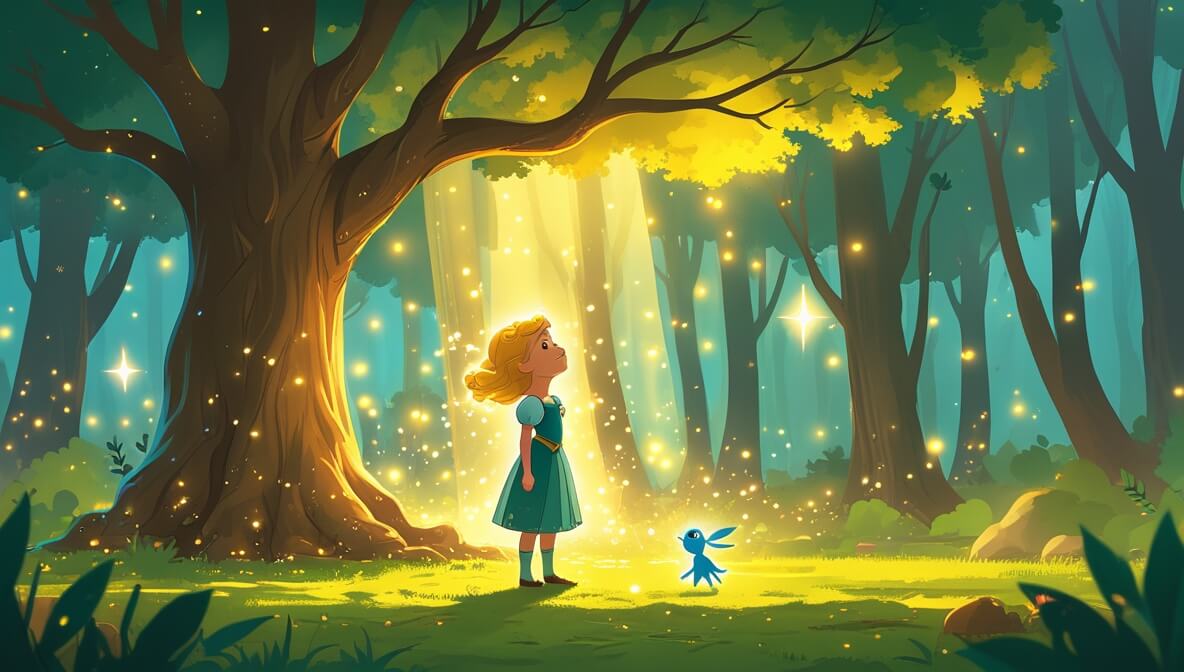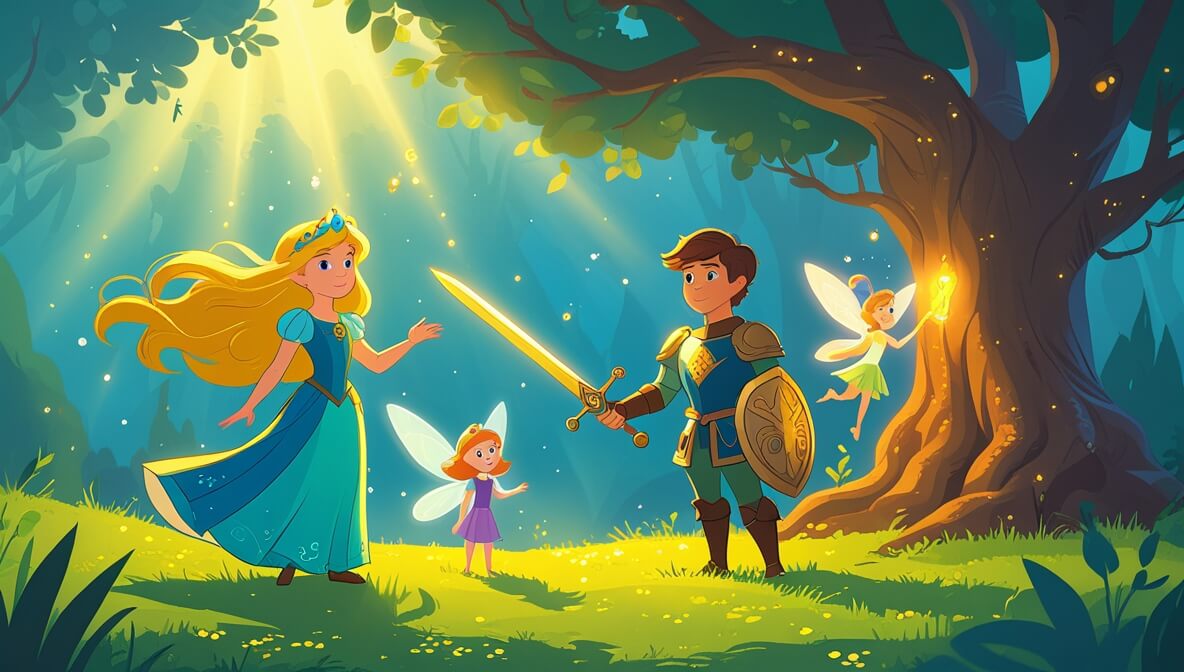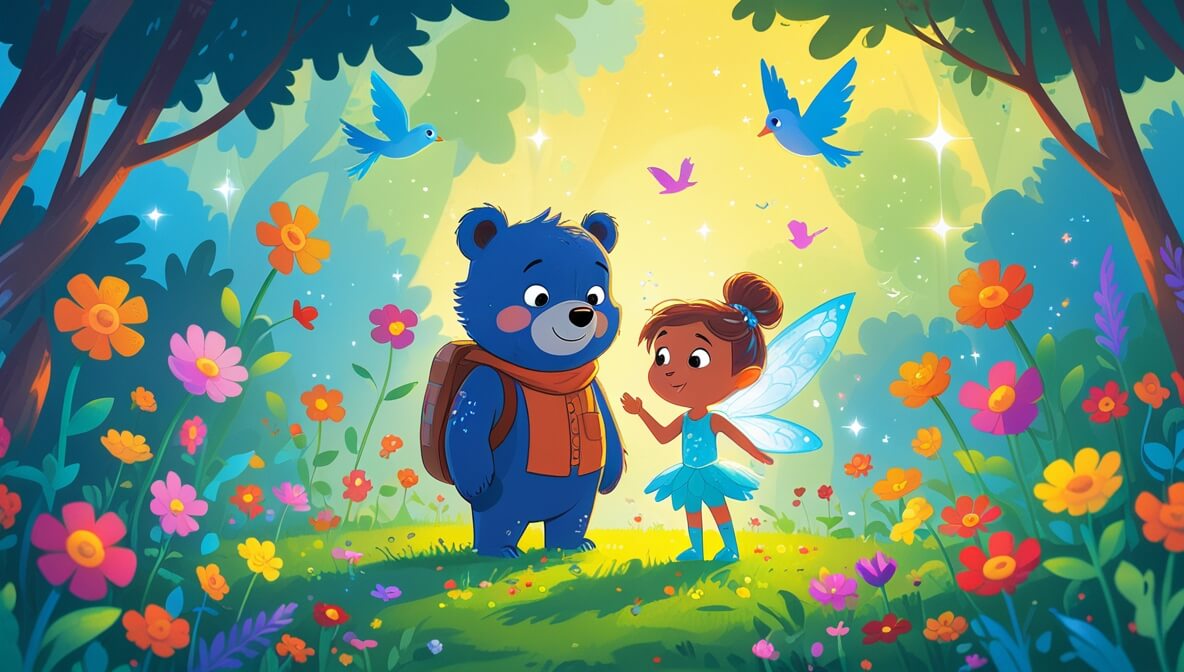In a cozy garden, a little caterpillar named Tilly discovers the magic of transformation with the help of her friend, Benny the Butterfly. Together, they learn about patience and the beauty of change.
Age Recommendation
0 – 4 years
Characters
Characters:
- Tilly (a curious and colorful caterpillar)
- Benny (a wise and friendly butterfly)
Story
Tilly was a tiny caterpillar living in a bright and sunny garden. She loved crawling over the leaves and admiring the flowers. One day, Tilly met Benny, a beautiful butterfly with wings that sparkled in the sunlight.
The Magic of Wings
“Hello, Tilly!” said Benny with a flutter. “One day, you will have wings like mine.” Tilly was amazed. “Really, Benny? How can that happen?” she asked with wide eyes. Benny explained, “You must be patient, Tilly. Soon, you will transform into a butterfly.”
The Waiting Game
Tilly was excited but also a little impatient. She wanted wings right away. Benny told her that all she needed was a little time. “Just wait, Tilly. Beautiful things take time,” Benny reassured her.
A Magical Surprise
After some days, Tilly found herself in a cozy cocoon. She felt safe and snug as she waited. Then, one sunny morning, Tilly felt a tickle. The cocoon opened, and she emerged with stunning wings of her own!
The First Flight
Benny was there, cheering. “Look, Tilly, you did it!” Tilly flapped her wings and took her first flight. She felt the wind beneath her wings and saw the garden from up high. “Thank you, Benny,” Tilly said with joy. “It was worth the wait.”
The end.
Moral of the Story
The story teaches us about patience and how beautiful things often require time and waiting. It’s important to enjoy each stage of life and appreciate the changes that come.
Questions to Think About
- What did Tilly learn from Benny?
- Why was Tilly impatient at first?
- How did Tilly feel when she first flew?
- What was special about Tilly’s transformation?
- Can you think of something you had to wait for?
Do You Know
- Butterflies taste with their feet! They can sense taste through tiny sensors on their feet.
- Some caterpillars can become butterflies in as little as a week, while others might take several months.
Word Explorer
- Transform: To change into something different, like a caterpillar turning into a butterfly.
- Cocoon: A cozy covering where caterpillars stay while they transform into butterflies.
- Impatient: Wanting something to happen quickly without waiting.
Emotions in the Story
- Curiosity: Tilly felt curious when she learned about growing wings.
- Impatience: Tilly felt impatient because she wanted to become a butterfly quickly.
- Joy: Tilly felt joy when she finally flew with her new wings.
Color Your Scene
Imagine Tilly’s first flight with her new wings. What colors are Tilly’s wings? Draw Tilly flying over the garden, with bright flowers and a sunny sky. Use colors like blue, yellow, pink, and green to bring the scene to life!
Parents’ Corner
This story is a wonderful way to discuss with your child about:
Patience: Talk about how Tilly had to wait to become a butterfly, and relate it to times your child has to wait for things.
Change and Growth: Discuss how change can be positive and lead to new, exciting experiences.
Encouragement: Reflect on how Benny supported Tilly through her transformation, and how we can encourage others.
Appreciating Nature: Use Tilly’s transformation to talk about the wonders of nature and the life cycle of butterflies.











